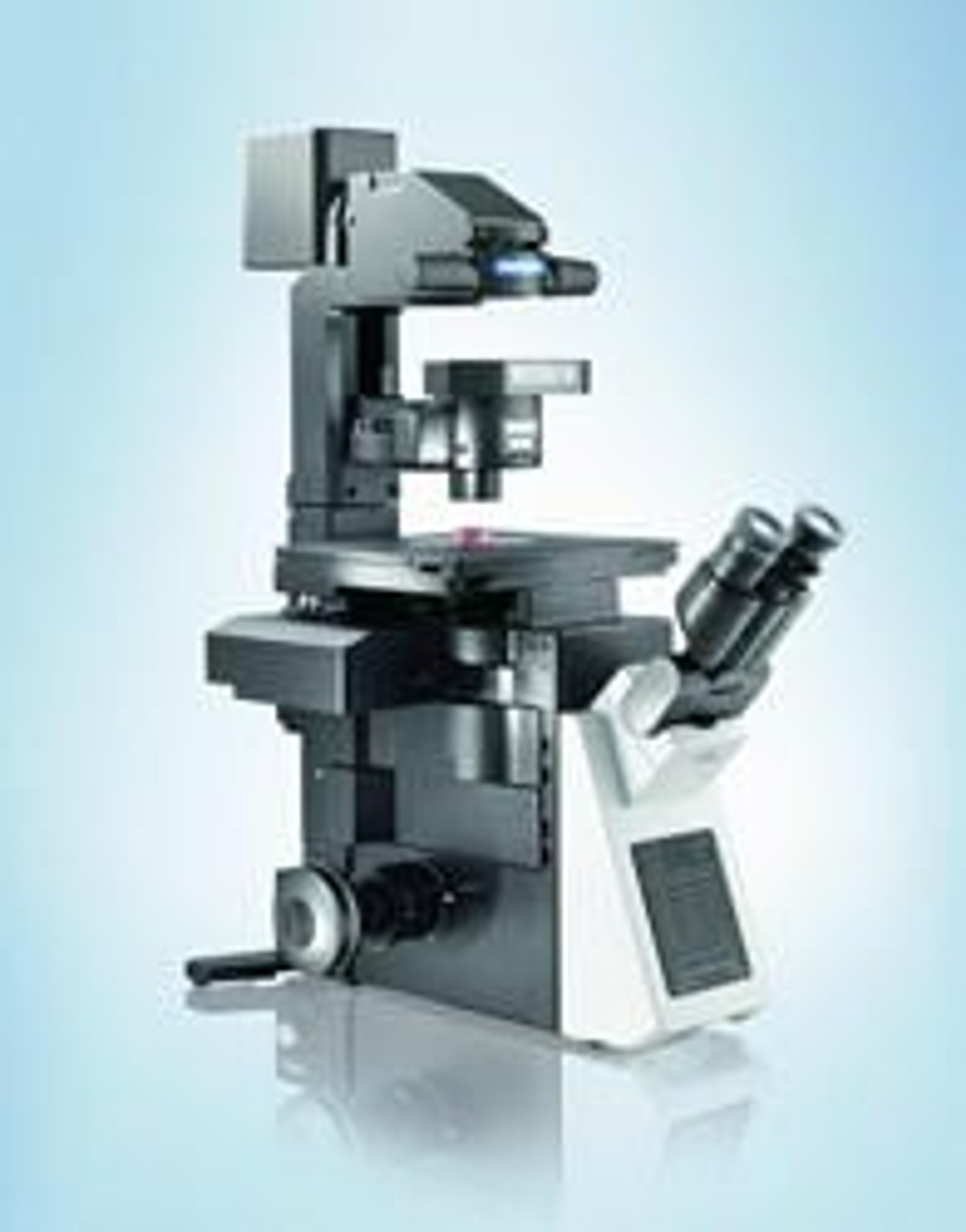The IX83 Inverted Microscope from Olympus: Open Access Meets Motorization for Intuitive and Flexible Life Science Microscopy
25 Sept 2012Olympus has released the IX83 microscope, the most advanced member of the new IX3 series of inverted imaging systems for life science researchers. The IX83 allows any user to rapidly and effortlessly obtain expert results, without the need for in-depth microscopy knowledge. This includes reliable long-term time-lapse imaging of living cells, as well as high-end fluorescence applications such as total internal reflection fluorescence (TIRF) microscopy.
Every component of the light path, from the illuminator to the optics, is dedicated to imaging of the highest quality with minimal loss of light across a range of bright-field, phase contrast and fluorescent illumination options. This also includes an expanded field of view, increasing the amount of your sample you can reliably capture. With a unique ‘open access’ frame design and touch panel operating system, users can mould the components and controls to best suit their workflow. In this way, the IX83 microscope systems offer a new level of usability and application flexibility for life science research.
Like every member of the innovative new IX3 series of inverted microscopes, the IX83 is designed to adapt to the research needs of every user thanks to an ‘open access’ frame design that makes it quick and easy to swap components in and out of the light path. These include motorized fluorescence mirror turrets, coded intermediate magnification changers, motorized fast filter wheels, a right-side port with C-mount and more. Better still, for users that share a microscope system, the IX83 can be quickly modified in just a few minutes to fit the needs of each individual user, without the need for complex tools or expertise. This allows every researcher to get the best out of the system, and makes it easy to upgrade in the future as new experimental avenues are opened up and explored.
The fully motorized IX83 offers intuitive and ergonomic fine control over every aspect of microscope performance, with manual and automatic adjustments easily made via either the touch panel or Olympus cellSens software. The IX83 also works seamlessly with the new Olympus ZDC Z-drift compensation system, which employs a near-infrared light to provide instant, automatic focus without damaging cells. Uniquely, the Olympus ZDC unit offers both ‘one-shot’ and ‘continuous’ focus modes and can now even be operated stand-alone or by using the Olympus software packages. This makes it ideal for a wide range of applications, as well as flexible operation by multiple users with differing experimental requirements.
The new design of the IX83 provides exceptional stability and minimal drift, ensuring that even the longest time-lapse experiments will generate reliable and accurate results. In combination with the power and flexibility provided by the Olympus cellSens software, users can easily carry out seemingly complex multi-position or multi-well experiments at the click of a few buttons, especially when using the new Olympus ‘Well Navigator’ Solution module. Utilizing Olympus UIS2 infinity-corrected optics and providing a larger, evenly illuminated field of view at the camera port (Field Number 22), users of an IX83 imaging system will be able to generate bright, insightful images across a range of high-end life science research applications.

